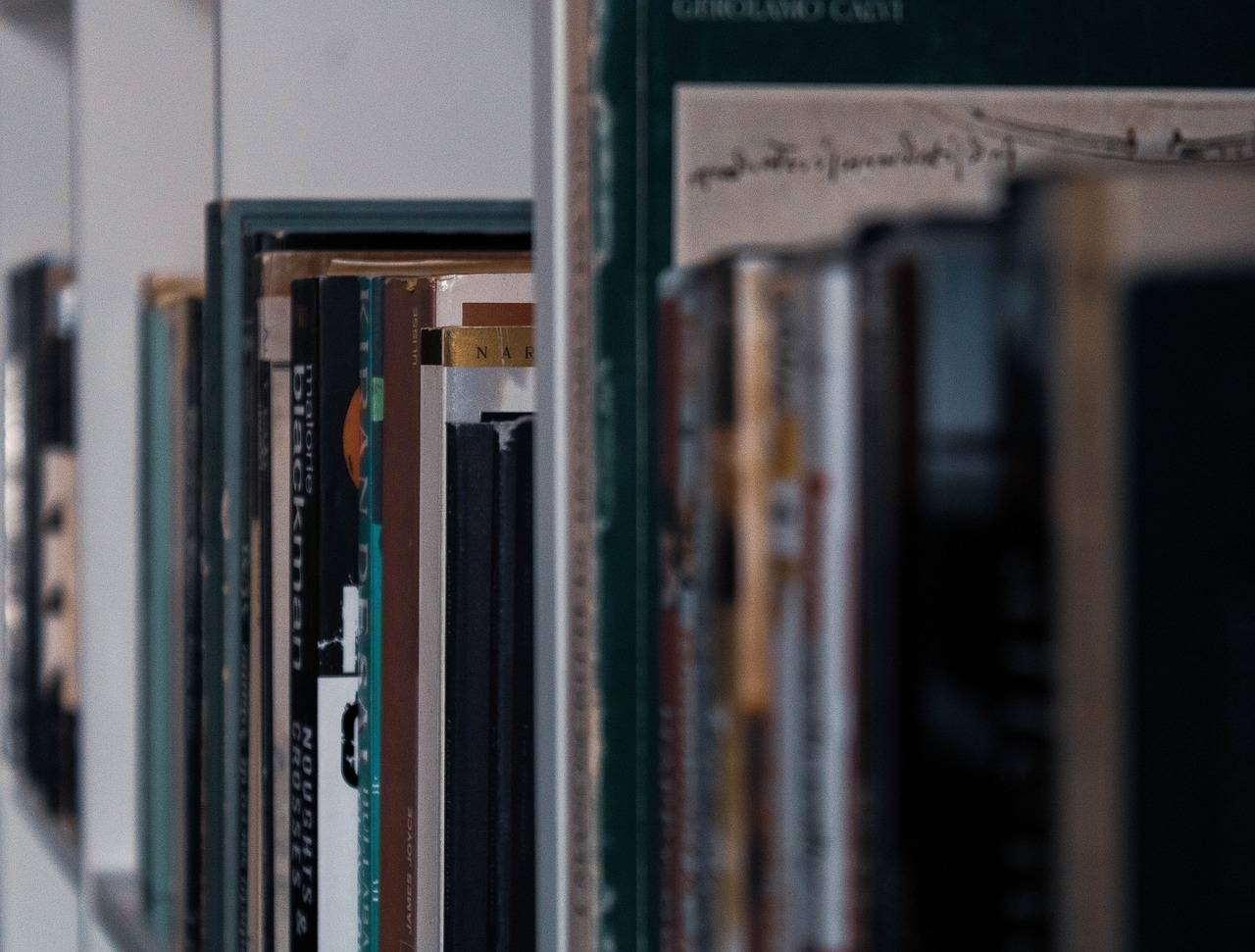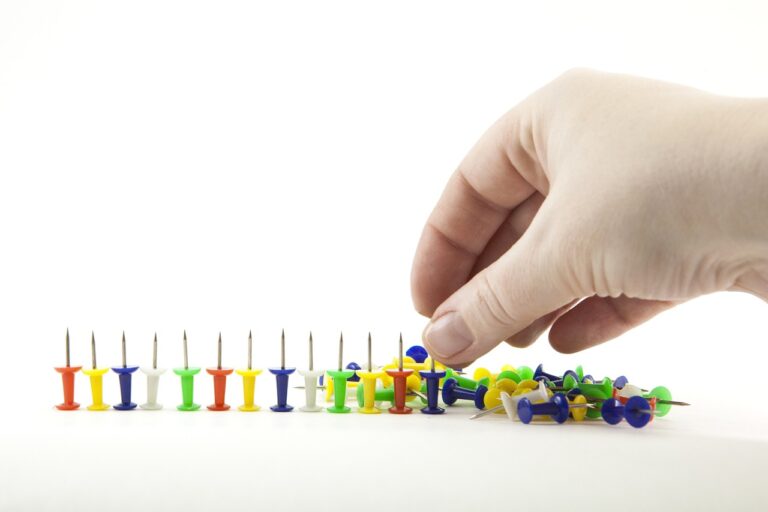The Role of Physical Spaces in Education
Effective classroom layouts play a significant role in creating an environment conducive to learning. The arrangement of desks, chairs, and teaching resources can greatly impact student engagement and interaction. A well-thought-out layout can foster collaboration among students and facilitate better communication between the teacher and the class.
Furthermore, classroom layouts can also support different teaching methodologies and cater to diverse learning styles. By optimizing the physical space, educators can enhance the overall learning experience for students. A flexible layout that allows for easy transitions between activities and accommodates various group sizes can promote a dynamic and stimulating learning environment.
Utilizing Technology in Educational Spaces
In the modern age of education, integrating technology into educational spaces has become imperative for creating dynamic and engaging learning environments. From interactive whiteboards and tablets to virtual reality tools and online educational platforms, technology offers countless opportunities to enhance the teaching and learning experience. By incorporating these digital tools, educators can cater to a variety of learning styles and facilitate better understanding and retention of information among students.
Moreover, utilizing technology in educational spaces encourages collaboration, critical thinking, and problem-solving skills among students. Through online discussion forums, collaborative projects, and multimedia presentations, technology enables students to work together, share ideas, and engage in real-world simulations. This interactive approach to learning not only fosters a sense of community within the classroom but also better prepares students for the demands of an increasingly digital world.
How can technology be integrated into educational spaces?
Technology can be integrated into educational spaces through the use of interactive whiteboards, tablets, laptops, and other devices that can enhance the learning experience for students.
What are the benefits of utilizing technology in educational spaces?
Utilizing technology in educational spaces can help engage students, improve collaboration, provide access to a wealth of information, and prepare students for the digital world they will be entering.
How can classroom layouts impact the integration of technology?
Classroom layouts can impact the integration of technology by providing adequate space for devices, ensuring proper connectivity, and promoting collaboration among students.
Are there any challenges in implementing technology in educational spaces?
Some challenges in implementing technology in educational spaces include the cost of devices, training for teachers, and ensuring equitable access for all students.
How can teachers ensure effective use of technology in educational spaces?
Teachers can ensure effective use of technology in educational spaces by providing proper guidance to students, creating meaningful learning experiences, and continuously assessing the impact of technology on student learning.






